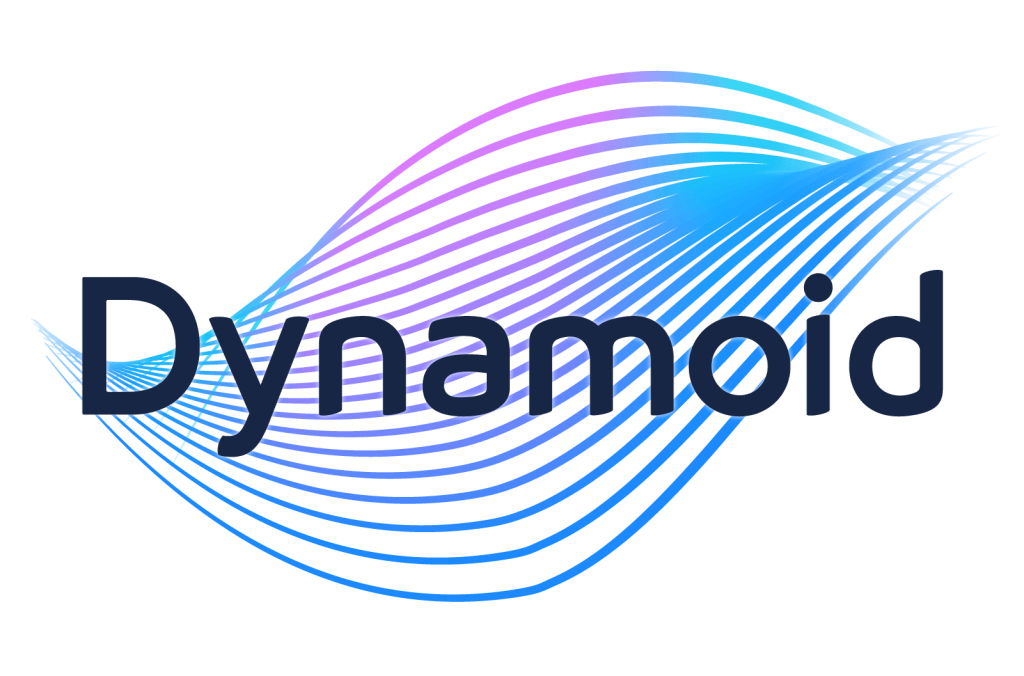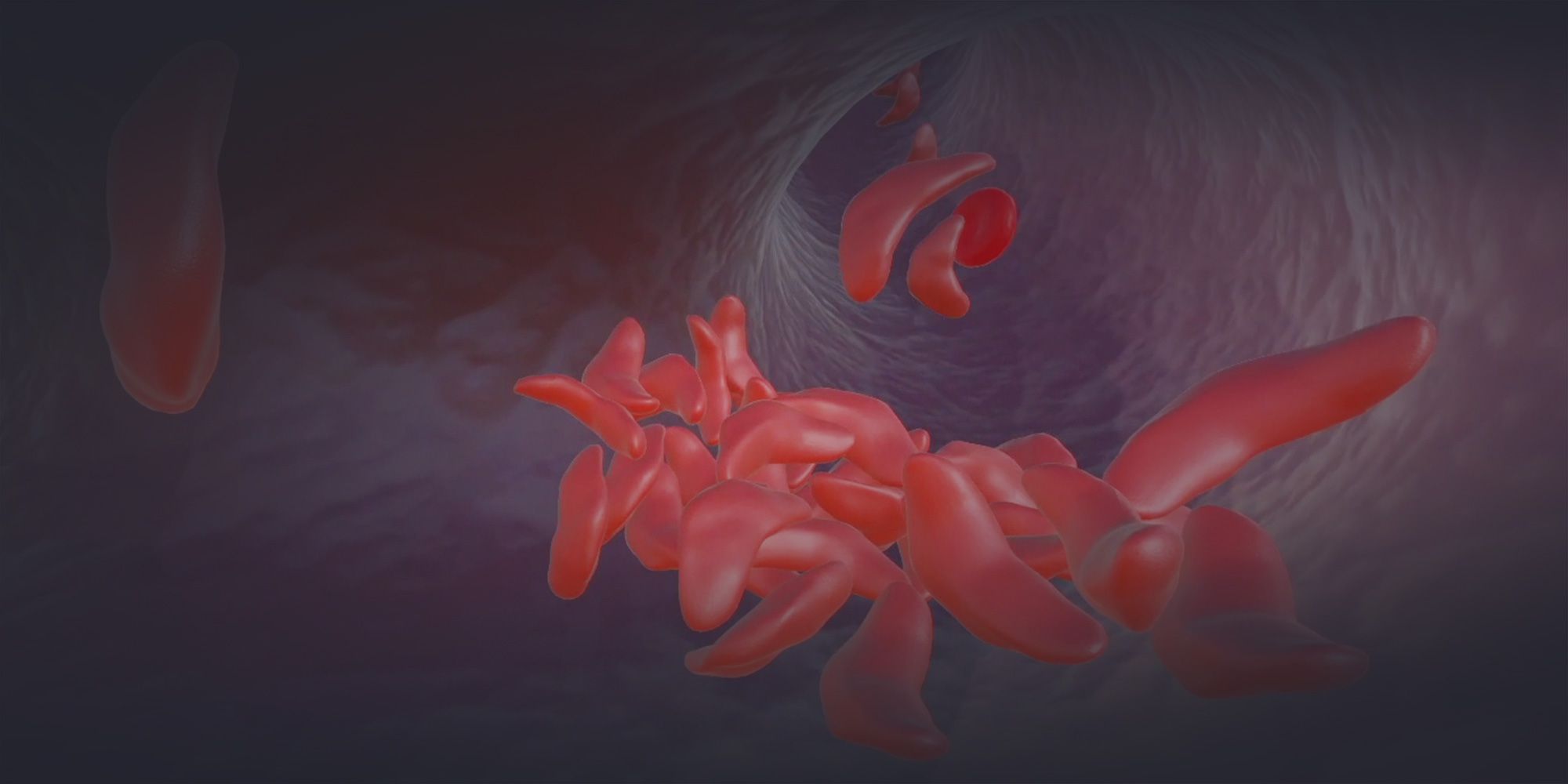CRISPR-VR: Explore Sickle Cell and Genome Editing
A Virtual Experience Based on Real Science
We’ve developed an immersive simulation of sickle cell disease and a potential CRISPR-based therapy for you to explore in virtual reality. VR users get to travel inside cells and tissues to see exactly how it all works. Informed by real data, structures, and other evidence, we made the science as accurate as possible. Please note that this is not an existing treatment, but rather a possible future use of CRISPR genome editing technology.
WHAT IS SICKLE CELL DISEASE?
Sickle cell disease (SCD) affects nearly 100,000 Americans and millions more globally. SCD patients share a single-letter DNA mutation that makes red blood cells become crescent-shaped, or “sickled.” These distorted cells get caught and block blood vessels, causing immense pain and poor oxygen transport through the body.
View the slideshow below to see how one DNA letter change leads to this debilitating disease.

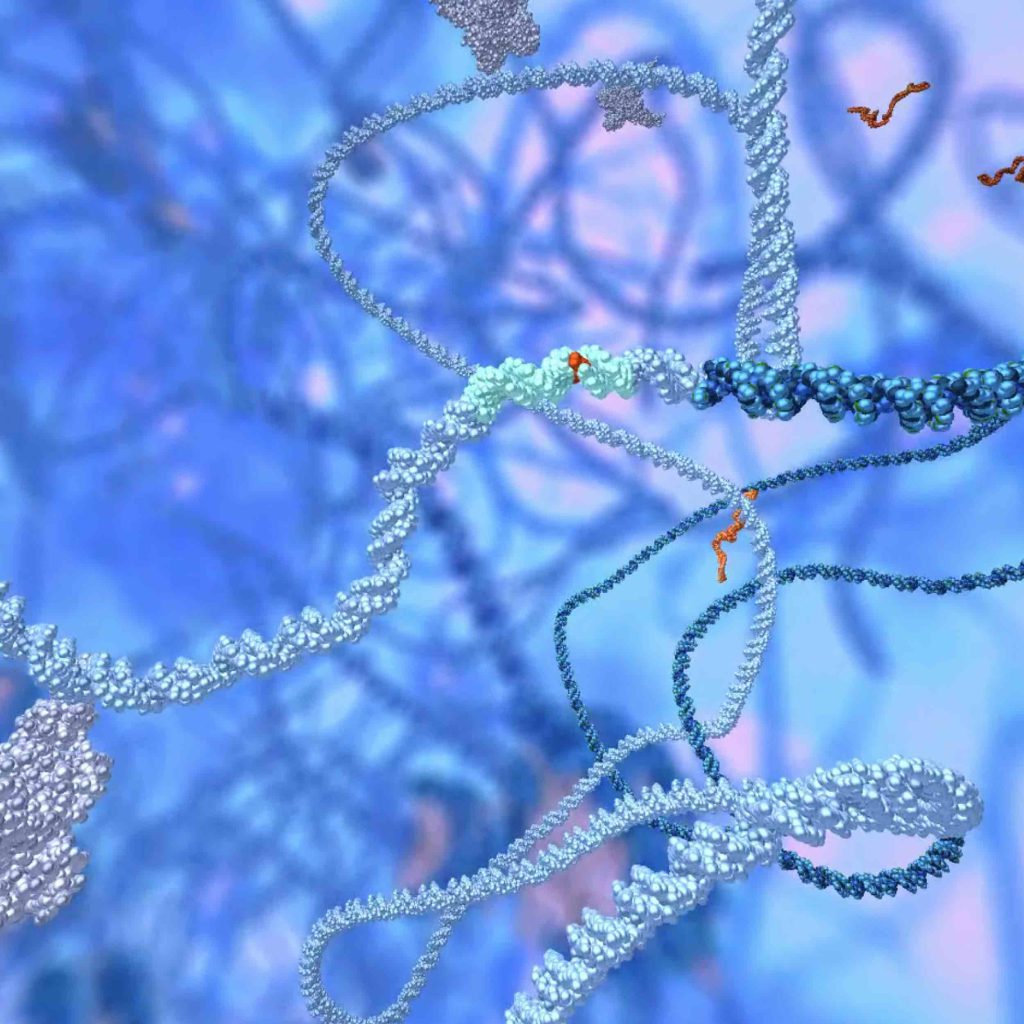
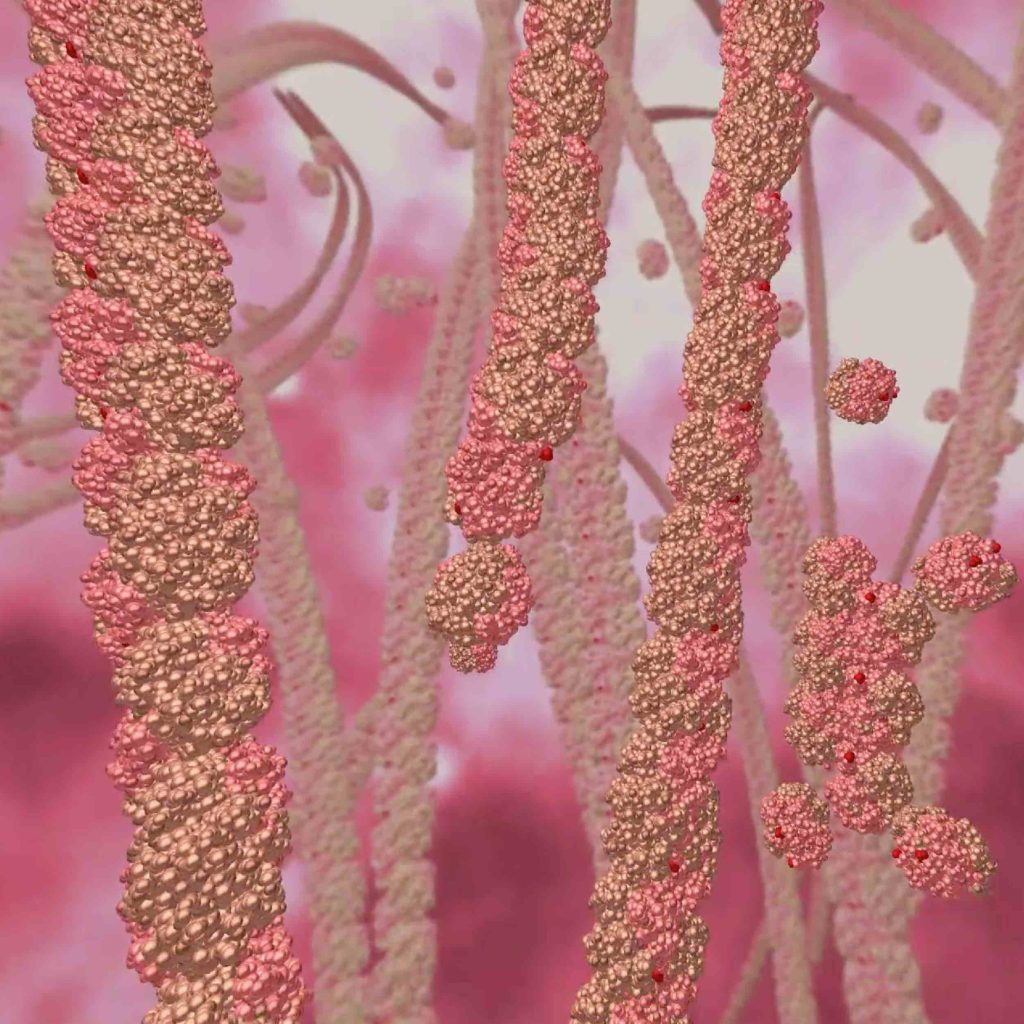
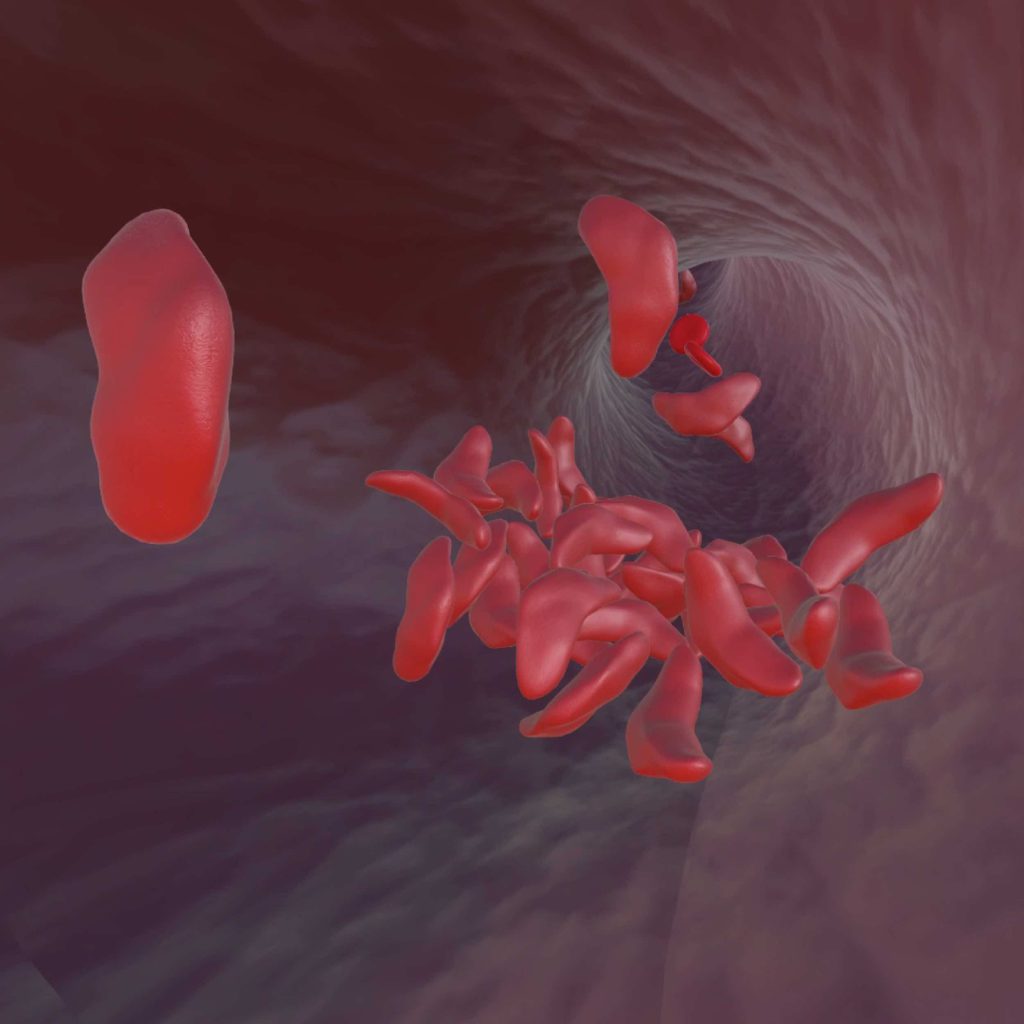
HOW MIGHT CRISPR HELP?
CRISPR is a technology that lets scientists change DNA sequences, a process called genome editing. Researchers hope to use this technology to help sickle cell patients by replacing their mutated DNA with a healthy version. While this treatment is currently just an idea, scientists at the IGI and partner institutions are working hard to make it a reality.
Browse the pages below to learn more about our project, motivation, and progress.



Sneak Peek
The experience is enhanced in virtual reality, but check out a 2D preview below!
How to Try It
This simulation requires both a powerful PC and a virtual reality system such as Oculus Rift or HTC Vive. The Sickle Cell & CRISPR experience is available within the program “10k,” which can be purchased in Steam or Viveport.
Don’t have a VR system of your own? Many public libraries are starting to offer VR to their patrons. There are also meetup groups where VR enthusiasts gather to try new games and experiences together. Look for one in your area.
Experience CRISPR-VR in the Lawrence Hall of Science planetarium.
Walkthrough
We recorded a full walkthrough of the experience to help inform educators, anyone running demos, and others about what the experience contains, what’s happening scientifically, and how one might progress through the various environments. You can also watch a shorter, narrated version of the experience that we used in an online outreach event (12:26–19:26 in the linked YouTube video).
Collaborators
This project is a partnership between the IGI, the Lawrence Hall of Science, and Dynamoid. The experience is built on Dynamoid’s VR data visualization platform, 10k.


